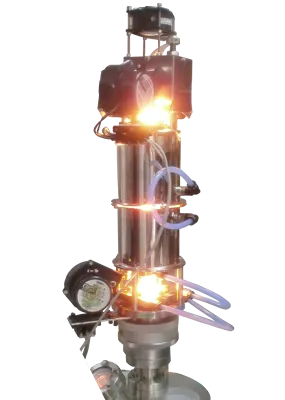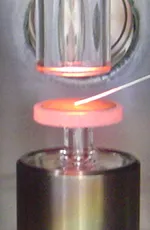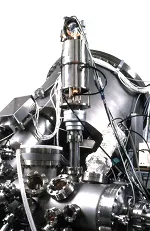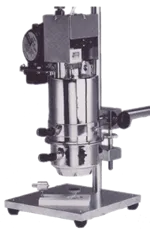EFFECT OF MICROCAVITY PROFILE ON THE SELECTIVE EMITTER PERFORMANCE FOR THERMOPHOTOVOLTAIC
Daizen Kirikae, Yuji Suziki, Nobuhide Kasagi, and Masaya Kobe, Department of Mechanical Engineering, The University of Tokyo, Tokyo, Japan

Lithium-ion secondary battery (LIB) is now widely used for energy sources of portable electronic devices. However, its power energy density remains insufficient for a long-term operation of those devices. Since the energy consumption of portable information and telecommunications devices is continuously increased, alternative energy source to LIB is desired.
Thermophotovoltaic (TPV) power generation system is one of the promising micro power generation systems due to its large power generation density, compatibility to various kinds of fuels, and simple configuration without moving parts. However, its energy conversion efficiency remains low because of the spectral mismatch between the radiation spectra and the band gap of photovoltaic (PV) cells. Thus, spectrum control of the thermal radiation is required for high-efficiency TPVs.
Sai et al. [1] developed microcavities on a single crystalline tungsten surface using fast atom beam (FAB) etching. They reported a strong emittance peak corresponding to the electromagnetic resonance mode in the cavities. However, tungsten fabrication with FAB cannot be applied to large surface area. Takagi et al. [2] reported that Si microcavities coated with pyrolyzed carbon could be used as a selective emitter.
In the present study, we develop metal-coated Si microcavities as a selective emitter, and examine the effects of surface profile and metal deposition methods.
View full paper here @cap.ee.imperial.ac.uk.



